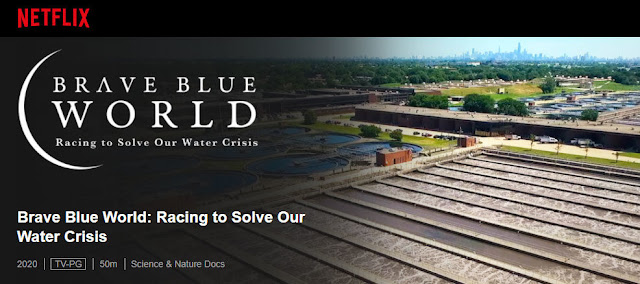An Introduction
Hello and Welcome!
In this blog I will be exploring the
relationship between water and environmental change with a focus on the African
continent. I believe that we humans are intrinsically linked to the physical
environment and that our development as a species is reliant on this connection.
Water, especially freshwater, is now being shaped by humans more than ever before and the time we live in now is more increasingly being recognised as 'the age of humans'- the Anthropocene. A concept that puts the relationship between humans and the environment into perspective is The Doughnut of Social and Planetary Boundaries, developed by Kate Raworth(2017). This framework combines both the Earth's planetary boundaries (Rockstrom et al., 2009) and the UN’s Sustainable Development Goals (SDGs). The SDGs are the global standard that is to be achieved when looking at development, they outline the targets that need to be met to ensure the wellbeing of the planet and its inhabitants. Several SDGs are relevant to the issues surrounding water and environmental change in Africa, with SDG 13 revolving around climate action, SDG 15 looking at protecting ecosystems from factors such as deforestation, and SDG 6 which emphasises clean water and sanitation for all by 2030.
Throughout this blog I aim to learn more about the bond between environmental change and water in Africa, in terms of both its physical and human characteristics and consequences.
Before starting this blog, I read a recommended article called 'How to Write About Africa' (Wainaina, 2005) which was very eye opening (I highly suggest you give it a read). The satirical perspective on the representation of Africa gave me an idea for a little reflective exercise that I would love for you to join me in:
when you hear/read the word 'Africa', do the same with the words
'water', 'development' and 'environmental change'.
Just sit with that for a second.
It does become very easy to fall into the narrow thought that these words represent one thing, one culture, one form, one method, one source. Reflecting upon the article and this exercise I have realised that it is incredibly common to have a certain 'view point' more correctly termed as a ‘mental model’ or ‘thought heuristic’ and I do not think that there are many exceptions, especially as we are constantly surrounded by these representations. For instance, the media talks of development in Africa with a very narrow range of images as mentioned by Wainaina (2005). With the word Africa for example how many envision the grasslands of the Serengeti or BandAid images of ‘need’. I have heard Africa spoken about as if it were a single country not a vast continent containing 54 and I am sure many of you have heard the same.
When thinking ‘water’ and ‘Africa’, it needs to be kept in mind that different areas of the continent experience differing weather patterns and have different sources of water available due to the physical characteristics of each location in addition to the demands of populations living there.
The variability across the continent will be further explored in my next few posts as I delve deeper into the topics briefly mentioned here. I hope that you join me along the way. Updates on this blog along with posts from my previous blog surrounding environmental change and health can also be found on Instagram.




Good introduction to your blog and why you have chosen to focus on water and environmental change. Great synthesis of resources and use of hyperlinks.
ReplyDelete(GEOG0036 PGTA)
A really nice introduction Sana. I like how you emphasise the impact humans have on the environment. I also like how you used Wanaina's piece to emphasise the vastness and diversity of Africa. Well done!
ReplyDeleteThank you for reading!
Delete